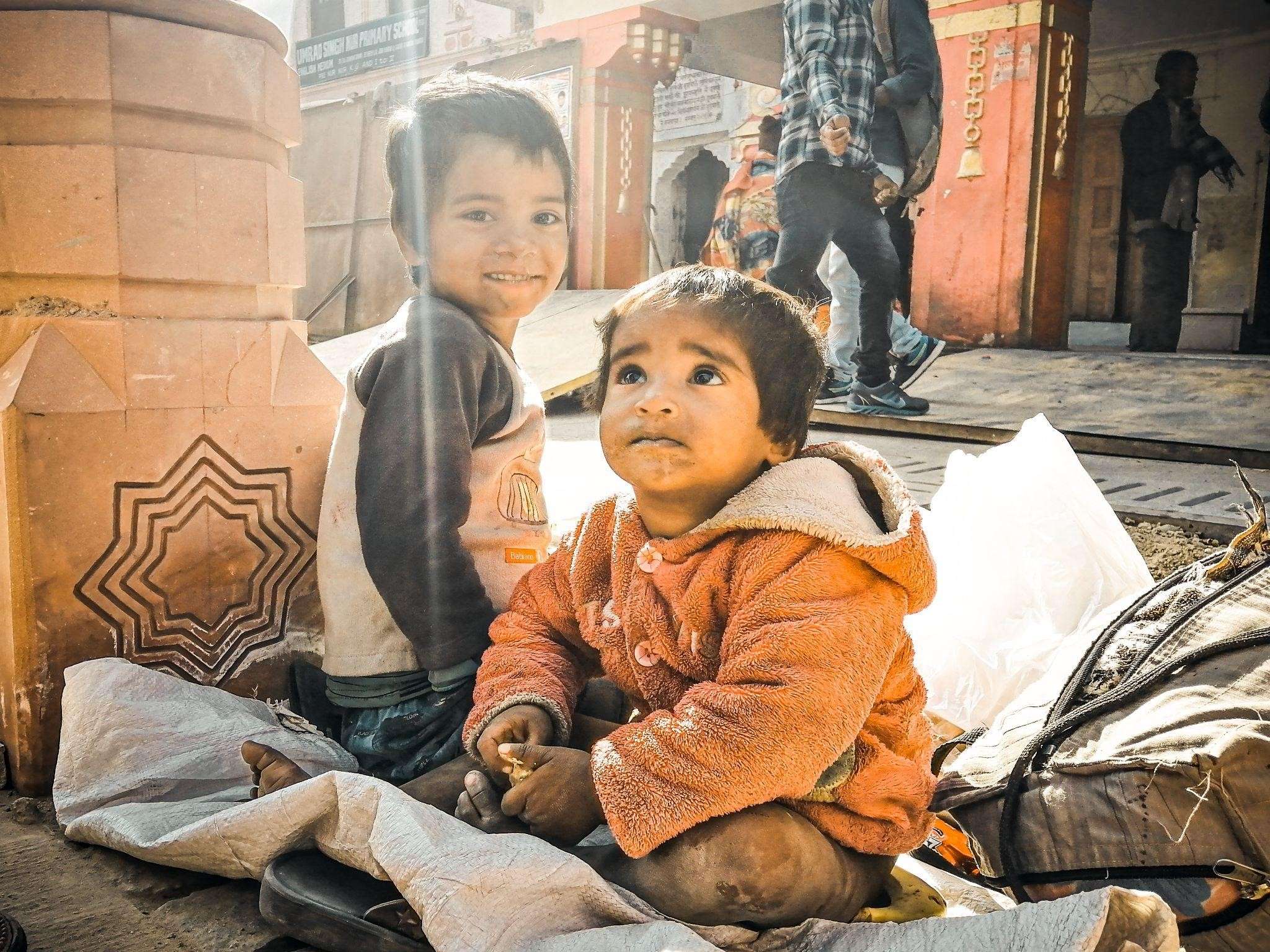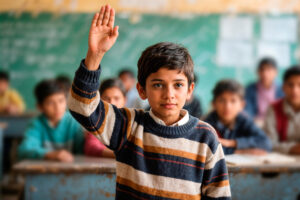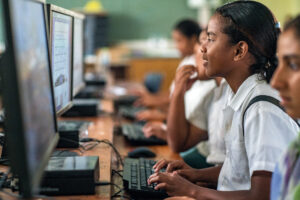Many children end up on the streets because of extreme poverty, the economy, broken homes, and physical or sexual abuse. Life on the streets is challenging in Pakistan and there is no social security system in place. According to official government data, at least 1.5 million girls and boys, but as many as 2.5 million, according to estimates from civil society groups, live on the streets in the country. It is significant to note that UNICEF’s estimate of 1.5 million was made over a decade ago.
Street children in a developing country like Pakistan face extreme dangers since they are targeted by authorities, exploited by employers, and generally shunned by society. These children have little choice except to scavenge for food, beg, engage in prostitution, sell drugs, or steal to support themselves. In particular, children living on the streets are vulnerable to sexual abuse and exploitation. To add insult to injury, reintegrating homeless children into society becomes more challenging the longer they are on the streets.
It is essential to understand the epistemology of the word “street children” before tackling the central issue of “Streetism” (a new term meaning “living on the streets or being off the streets”) in Pakistan. In 1983, a definition of “street children” was established by a coalition of non-governmental organizations (NGOs) during an Inter-NGO program on street children and adolescents.
A street child is defined as “any girl or boy under the age of adulthood who has made the street (in its broadest sense, including unoccupied dwellings, wasteland, etc.) her or his habitual abode and source of livelihood and who is inadequately protected, directed, and supervised by responsible adults.”
The term Children of the street is often used to describe homeless children, many of whom make a living off of and spend most of their time sleeping on urban streets. The second category, Children on the street consists of children who spend their days working and living on the streets but go home at night to sleep. While the two groups are often considered different, they frequently have little resemblance. For example, some “children of the street” may still have ties to their families, while other “children on the street” may not always sleep on the street. Unfortunate as it may be, Pakistan is home to both types of street children.
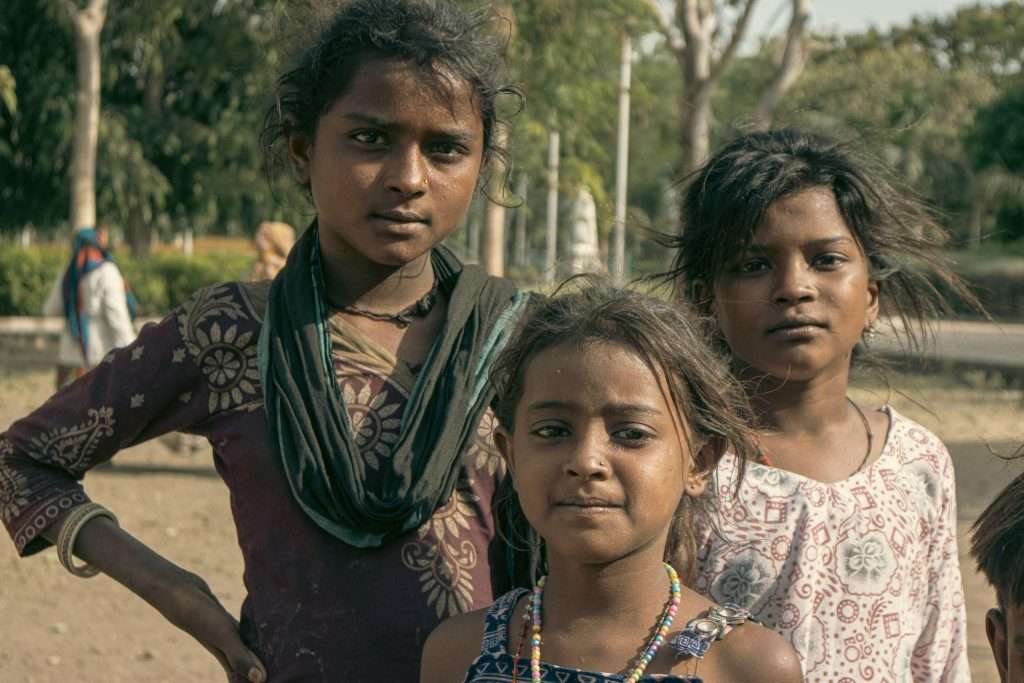
In light of this, Karachi has been referred to as “the city of street children,” since it is home to an estimated 30,000 or more youngsters living on the streets. Quetta is the second largest city in Pakistan with a substantial population of homeless children, behind Karachi. Quetta is home to over 20,000 children living on the streets, many of whom are employed as trash collectors, carpenters, or work in auto repair shops. Many of these street children have been sexually molested, but they are too ashamed to speak out.
It is illegal in Pakistan for children younger than 14 to work in a factory, mine, or other potentially dangerous occupation, as stated in Article 11 (3) of the country’s constitution, which dates back to 1973. The state’s primary obligation is to safeguard the welfare of the children and the family unit. Marriage, motherhood, and children are all entitled to legal protection from the state. Both Article 37 (e) and the Employment of Children Act 1 of 1991 make it illegal for a child under the age of 14 to have work.
The biggest concern is the absence of protection for these children by the government, which is responsible for ensuring children’s fundamental rights. The issue of street children necessitates a collective responsibility shared among various governing bodies, including local councils, districts, suburbs, towns, and ultimately the government.
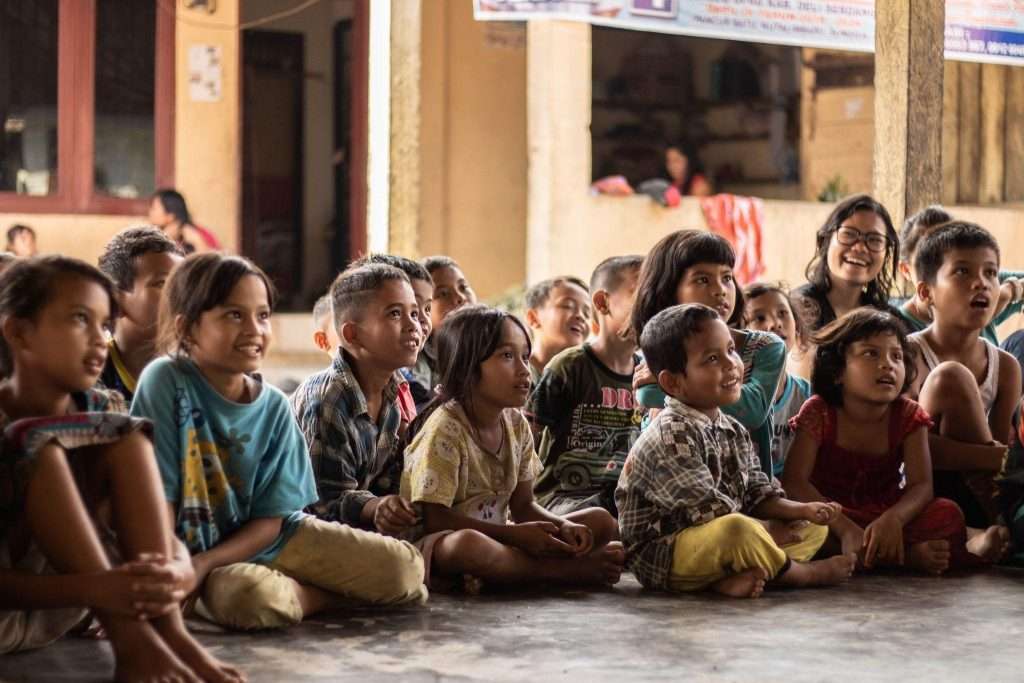
In a similar vein, a policy brief titled “Street-Connected Children in Pakistan: Education and Protection Issues” was recently released by the National Commission on the Rights of the Child (NCRC) to shed light on the plight of children living on the streets. The release of the policy brief was a collaborative effort between ‘Cities for Children Pakistan’ and the NCRC. Thus, it is of the utmost significance that the recommendations given in this policy brief must be implemented in a proper manner.
In addition, for a significant shift in perspective toward children living on the streets, it is crucial to increase public knowledge of their issues. Some ways to accomplish this goal include conducting countrywide media campaigns and lobbying to educate the public.
Disclaimer: Any opinions expressed in this article do not necessarily reflect the opinions of CREDP. This content is meant for informational purposes only.
